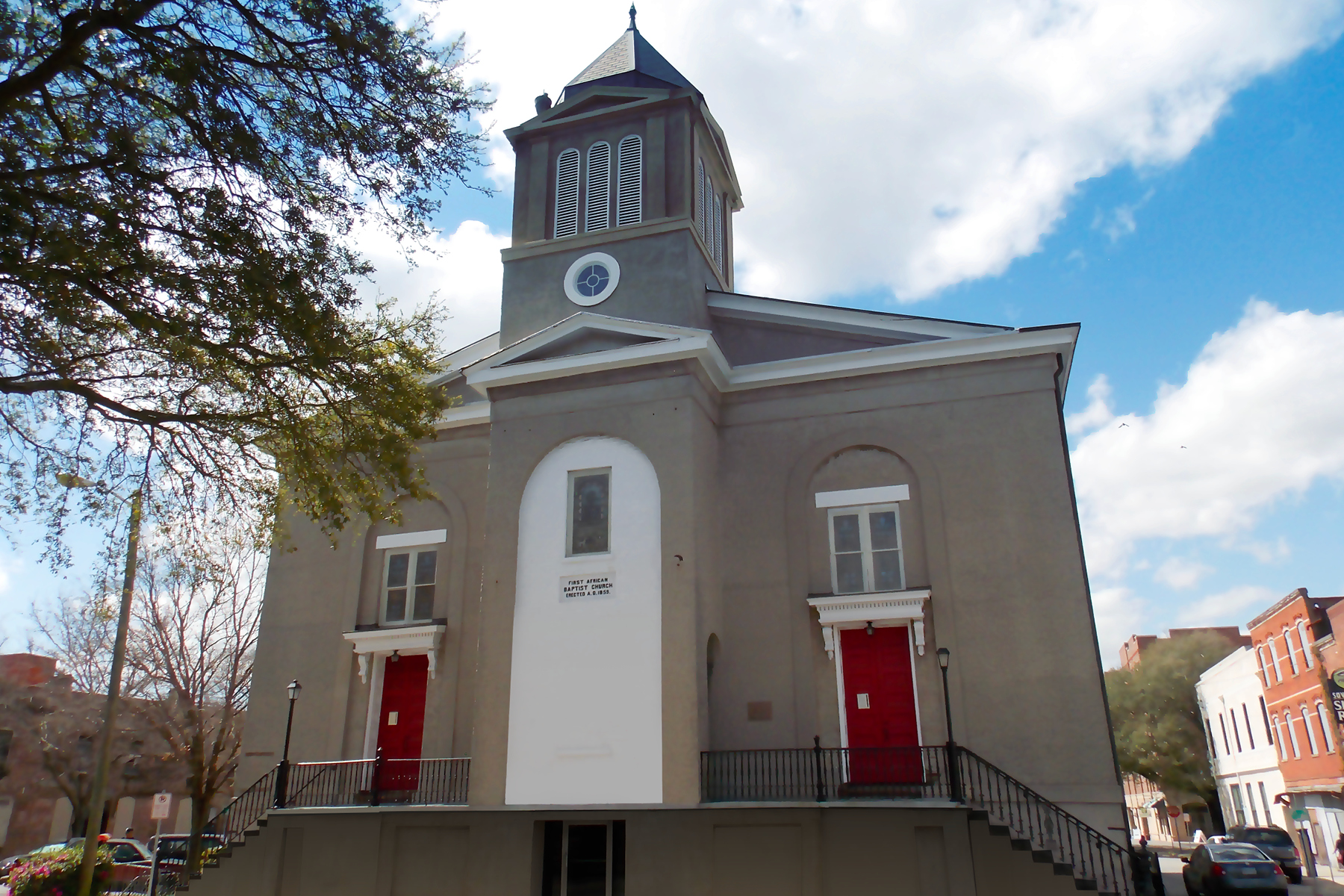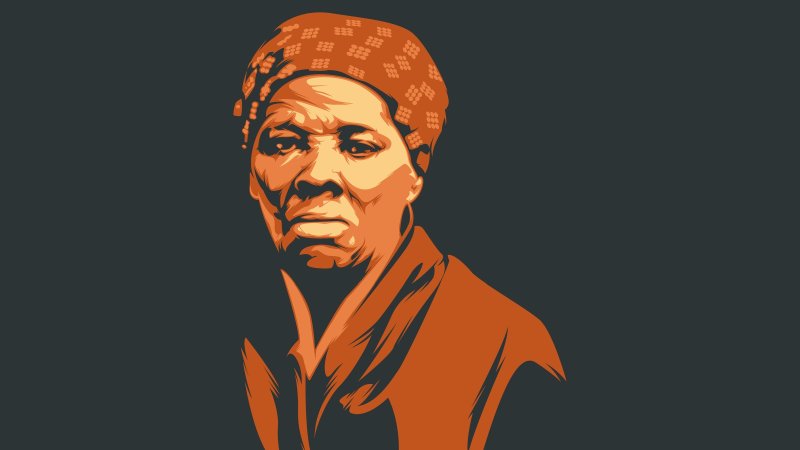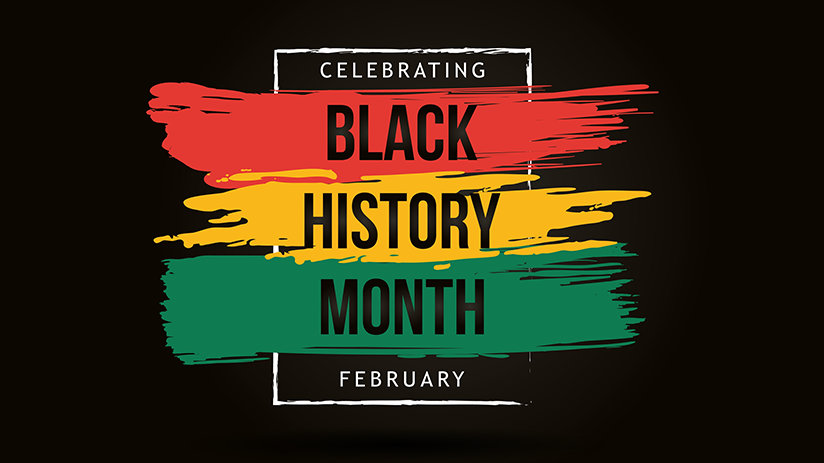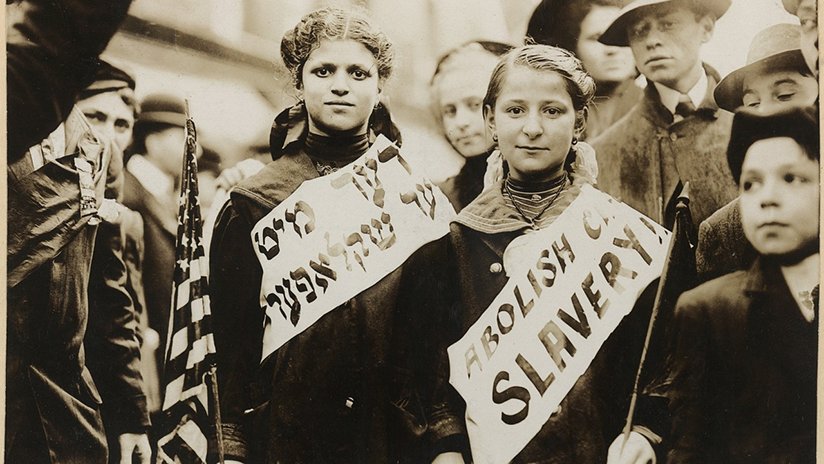
-
HOME
-
WHAT IS STANDOur Mission Our Values Our Help Contact
-
WHAT WE FIGHT FORReligious Freedom Religious Literacy Equality & Human Rights Inclusion & Respect Free Speech Responsible Journalism Corporate Accountability
-
RESOURCESExpert Studies Landmark Decisions White Papers FAQs David Miscavige Religious Freedom Resource Center Freedom of Religion & Human Rights Topic Index Priest-Penitent Privilege Islamophobia
-
HATE MONITORBiased Media Propagandists Hatemongers False Experts Hate Monitor Blog
-
NEWSROOMNews Media Watch Videos Blog
-
TAKE ACTIONCombat Hate & Discrimination Champion Freedom of Religion Demand Accountability
The Black Church: The Heartbeat of Black History
Some have argued that the heartbeat of the Black community is its churches. As American Methodist minister and theologian James H. Cone said, “Black churches are very powerful forces in the African American community and always have been. Because religion has been that one place where you have an imagination that no one can control. And so, as long as you know that you are a human being and nobody can take that away from you, then God is that reality in your life that enables you to know that.”

As we observe Black History Month, we mark as well the ever-present and indelible presence of the Black church, dating back to the time of slavery. In those days everyone involved in the Underground Railroad—the network of individuals and safe houses working to help slaves escape to the North—was at severe risk. To be caught aiding and abetting the freedom of a person who had been a piece of property—“legally” bought and owned—was the same as being an accessory to grand theft.
Over 260 religious institutions have signed up to teach Black history to their congregations—among them synagogues, Catholic churches and mosques.
Figuring in mightily in the lives of the enslaved, and also at great jeopardy, was the Black church. Yes, houses of worship exclusively for the Black community existed not just in the North. Below the Mason-Dixon Line, churches established by slaves date back to 1758, to the African Baptist or “Bluestone” Church, founded on a plantation near Virginia’s Bluestone River. Another, the First African Baptist Church of Savannah, Georgia (formerly called the First Colored Church), opened its doors in 1777, and those doors have remained open ever since.
White southerners were suspicious of any gathering of slaves for any reason. As one slave remembered, “The white folks would come in when the colored people would have a prayer meeting and whip every one of them. Most of them thought that when colored people were praying, it was against them.”
Many Black houses of worship, South and North, while ministering to their flocks’ spiritual needs, did also operate as covert stops on the Underground Railroad. To be discovered meant severe retribution.
Though the Underground Railroad and its people are all gone now, witnesses still stand to remind us of those days. Those witnesses include Town Clock Church in New Albany, Indiana, once a station on the Underground Railroad—a place where fugitives could get a meal and a bit of rest before continuing on their journey to the promised land.
Jacob’s Chapel AME Church and the Colemantown Meeting House are the last remnants of what once was the Black community of Colemantown, New Jersey, established in 1828. It was another stop on the Underground Railroad and served as both a house of worship and a school.
Many of these churches, like South Carolina’s wood-framed Taveau Church, built in 1835, are no longer safe to use, the victims of age and neglect—the same twin scourges that threaten to erase our memories of Black history.
But fortunately, help has arrived. Beginning last year, grants amounting to $8.7 million from the African American Cultural Heritage Action Fund of the National Trust for Historic Preservation will give congregations the wherewithal to address structural integrity, mold, water filtration and other issues to help them preserve their historic houses of worship.
In our own day, the severe cutback in the teaching of Black history was met by a coalition of Black houses of worship, Faith in Florida. And, just as the pestilence of slavery was fought by their forebears, the present malady of amnesia is being fought by the African American community—again, through its churches.
This time, however, the Black church doesn’t offer shelter and a hiding place in the shadows to the weary fugitive yearning to break free from bondage. This time, the Black church shines a light on a legacy threatened with darkness. To date, over 260 religious institutions have signed up to teach Black history to their congregations—among them synagogues, Catholic churches and mosques, with the movement spreading across races and beyond state lines.
“Whenever there has been any kind of movement, particularly in the African American community, it started in the house of God,” says Reverend Gaston Smith, one of the teachers in Faith in Florida. “We cannot be apathetic, we cannot sit back, we cannot be nonvocal. We have to stand our ground, because the Bible says we have to speak up for those that cannot speak up for themselves.”
Black churches and the people of faith who have passed through their doors are the fabric of the past two centuries of Black history. As historian Henry Louis Gates Jr. said, “The heart of our spiritual world is the Black church.”









